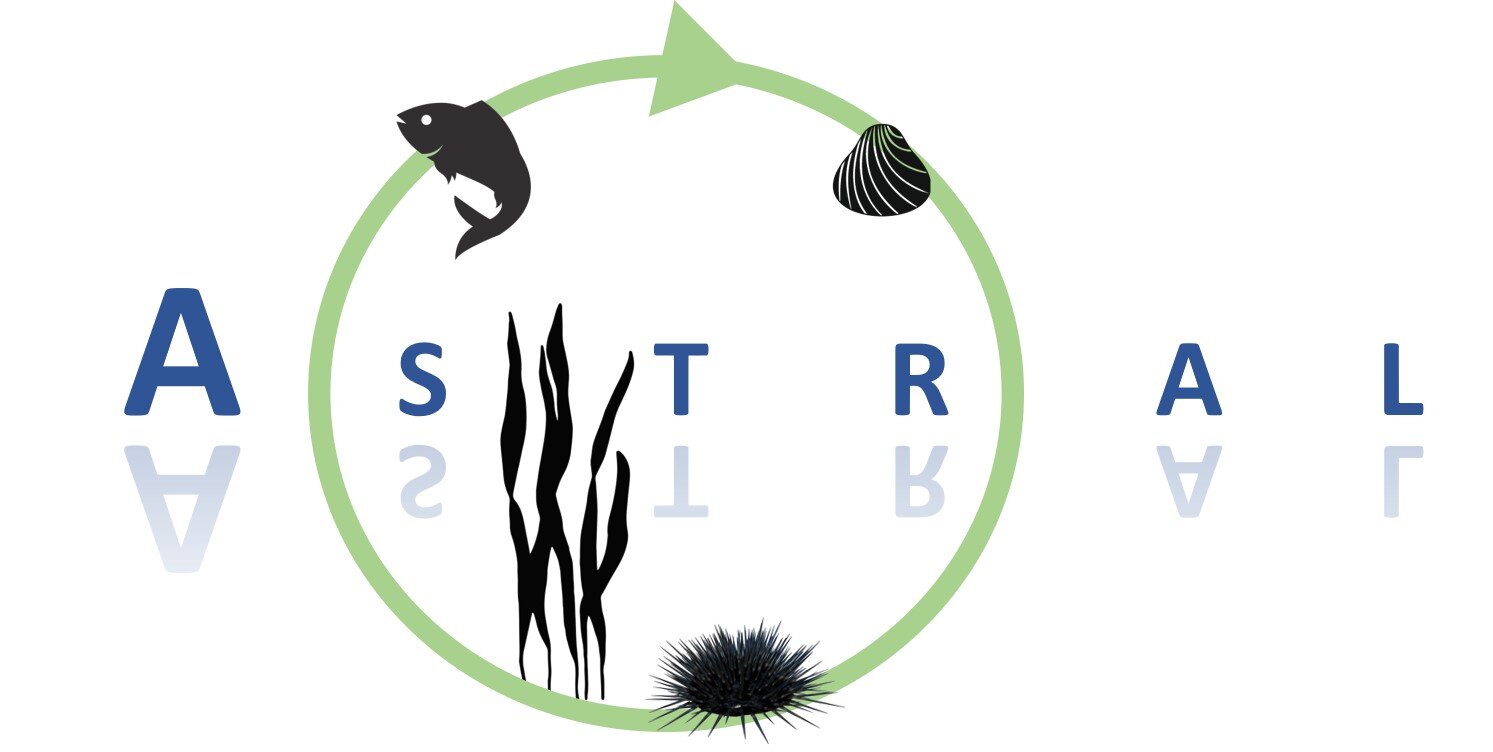IMTA Lab - Argentina
The Austral Center for Scientific Research (CADIC-CONICET) is leading the activities of ASTRAL in Argentina. This prospective IMTA lab is located in Tierra del Fuego Island, at the southernmost tip of South America, where the development of marine aquaculture is incipient.
Our initial goal is to detect the best combination of native species from the Beagle Channel (54º54’S; 67º34’W) to be used in IMTA. We are analyzing different species of fish, crustaceans, sea urchins, mollusks, and macroalgae (Fig. 1) in terms of several indicators, such as biological aspects, local market, legal regulations, and social acceptability, among others.
In this context, we are studying the strengths and weaknesses of each species by running a multi-attribute decision-making approach. On the basis of existing data, we performed a SWOT analysis to identify the most relevant indicators of each species to be considered in the decision process (Fig. 2).
The attributes selected and their values assigned will be discussed and validated in a future workshop involving stakeholders from different areas, such as the national research community, producers, relevant public authorities, policymakers, consumers and, social representatives.
With this work we hope, not only to obtain a ranking of species to be farmed but also to detect key aspects of each species that must be addressed to optimize their production and commercialization.
Fig. 1: Some of the native species from the Beagle Channel with potential to be used in IMTA. 1- Southern king crab (Lithodes santolla); 2- Red sea urchin (Loxechinus albus); 3- Giant kelp (Macrocystis pyrifera); 4- Silverside (Odontesthes nigricans); 5- Patagonian blenny (Eleginops maclovinus); 6- Puyen (Galaxias maculatus).
Fig. 2: Example of multi-attribute decision-making approach used to detect strength and weakness of species from the Beagle Channel.
(Author: Tomás Chalde, Researcher at the Austral Centre for Scientific Research, Argentinian Scientific and Technical Research Council)


